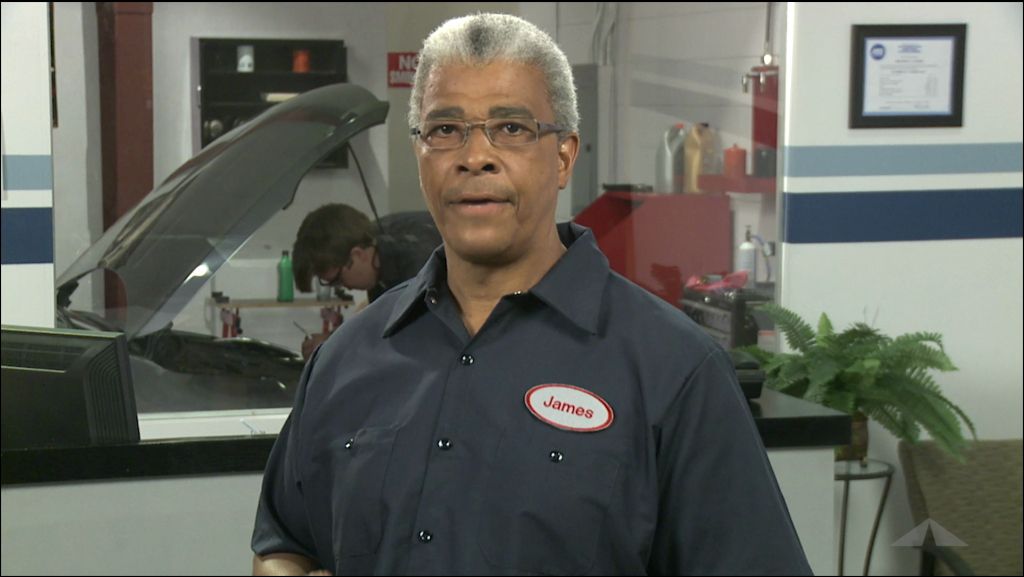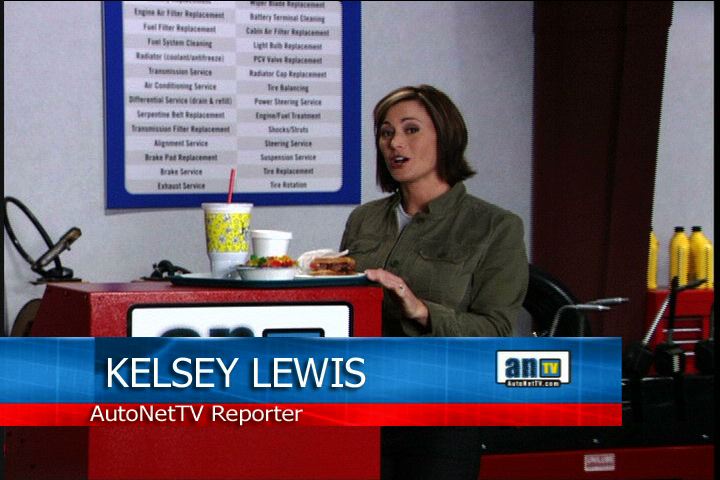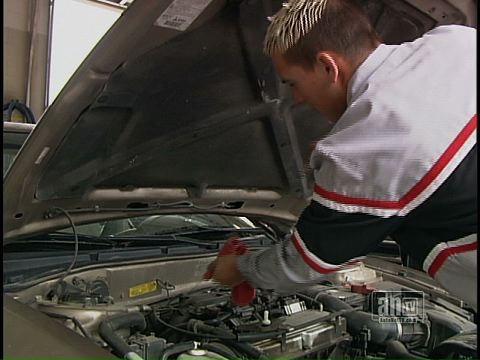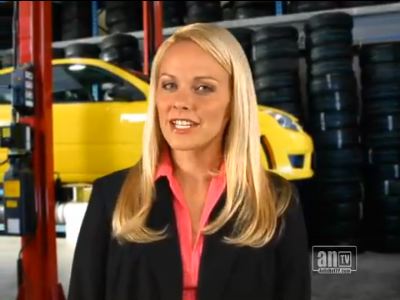Your vehicle’s air conditioning is something you count on when the weather heats up. But there’s bound to be a day when you turn it on and one of these things happens:
- Only warm air blows out
- Cold air starts blowing out but then it turns warm on its own
- It’s not blowing air at all
- It blows smelly air out
Some people are tempted to try to make the diagnosis—and the repair—on their own. They think it’s just run out of refrigerant and they can pick up a can at a local auto parts store and re-charge it. If only it was that easy.
A vehicle’s air conditioning system is complex and made up of many parts. A compressor, evaporator, condenser, tubing, hoses, sensors, valves… the list goes on and on.
Each of these components could be the reason for the problem. It could be a leak that’s letting the refrigerant escape, but simply re-charging the system hasn’t fixed the problem. You have to find the source of the leak and fix it. Service facilities have a device called a “sniffer” which can sniff out refrigerant chemicals. And they can use black light to locate refrigerant that has an ultraviolet dye in it.
But often other components wear out; blower motors go bad, resistors blow, tubes clog, compressors fail. And diagnosing that takes training and special equipment you’ll find at your service facility.
One other thing to keep in mind. It’s always better to catch any problems in the air conditioning system before it fails. Ask your service advisor about having
the A/C checked as part of the vehicle’s maintenance. That’s the cool way to go.
Tylers Auto TV
12485 SW MAIN ST
TIGARD, OR 97223
(503) 639-5588
http://www.tylersautomotive.com





